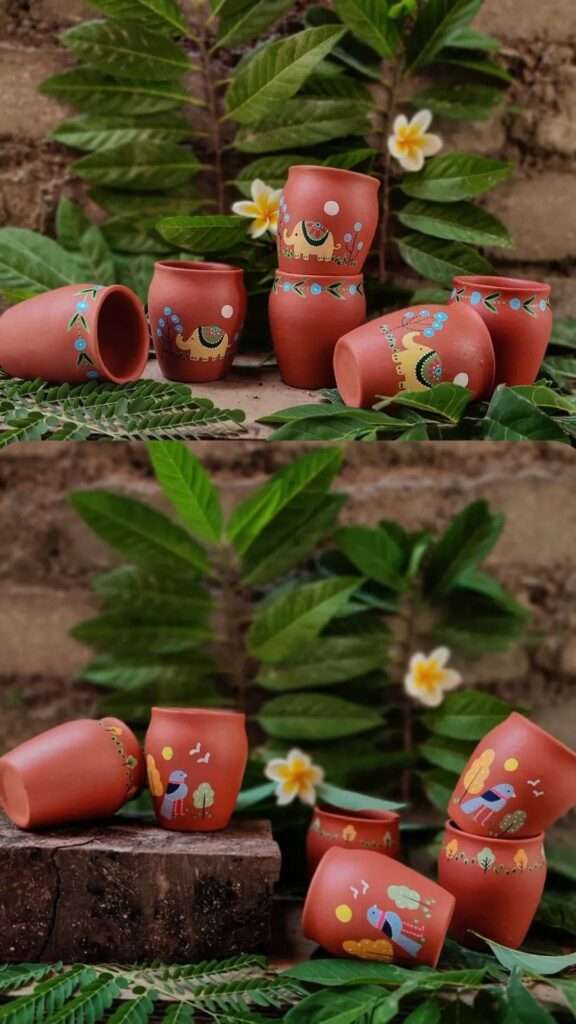The Terracotta Kullad: From Grassroots to Five-Star Hotels – A Journey of Immense Income Generation
The humble terracotta kullad, a traditional clay cup, has been an integral part of Indian culture for centuries. Its rustic charm and eco-friendly nature have made it a beloved choice for serving tea, especially in rural and semi-urban areas. However, in recent years, the kullad has undergone a remarkable transformation, finding its way from grassroots tea stalls to the elegant tables of five-star hotels. This journey not only highlights a cultural renaissance but also underscores the immense income generation possibilities associated with this unassuming piece of earthenware.

A Traditional Treasure
The terracotta kullad, crafted from natural clay, embodies simplicity and sustainability. Traditionally used in Indian households and roadside tea stalls, it is cherished for imparting a distinct earthy flavor to beverages. The process of making these kullads involves skilled artisans who mold the clay with precision, bake it in kilns, and sometimes glaze it for added durability. This age-old craft has been passed down through generations, preserving a vital aspect of India’s cultural heritage.

The Revival and Rise
In recent years, the terracotta kullad has experienced a revival, driven by a growing awareness of environmental sustainability and a renewed appreciation for traditional crafts. As the world grapples with plastic pollution and environmental degradation, the biodegradable and eco-friendly nature of kullads has positioned them as a sustainable alternative to plastic and paper cups. This shift in consumer preference has been instrumental in catapulting the kullad from humble tea stalls to upscale cafes and five-star hotels.

Embracing Sustainability
Five-star hotels and high-end restaurants are increasingly adopting eco-friendly practices to reduce their carbon footprint and appeal to environmentally conscious patrons. The terracotta kullad, with its rustic elegance and sustainable appeal, fits perfectly into this narrative. Hotels and restaurants are now using kullads not just for serving tea, but also for presenting innovative desserts, appetizers, and beverages, thereby adding a touch of traditional charm to contemporary dining experiences.

Empowering Artisans and Generating Income
The rising popularity of terracotta kullads has created significant income generation opportunities for local artisans. With increased demand, artisans are able to sell their products at fair prices, ensuring a sustainable livelihood. Moreover, the proliferation of online marketplaces and e-commerce platforms has enabled these craftsmen to reach a global audience, further boosting their earnings. Government initiatives and non-governmental organizations are also playing a crucial role in supporting these artisans by providing training, resources, and access to broader markets.

A Cultural Renaissance
The journey of the terracotta kullad from grassroots to five-star hotels is emblematic of a broader cultural renaissance. It signifies a revival of traditional crafts and a celebration of indigenous knowledge and skills. By embracing kullads, consumers and businesses alike are contributing to the preservation of cultural heritage and promoting sustainable practices.
Conclusion The terracotta kullad’s journey from grassroots tea stalls to the tables of five-star hotels is a testament to the enduring appeal of traditional crafts in a modern world. This transformation not only highlights the versatility and charm of kullads but also underscores their potential for immense income generation. As the world continues to prioritize sustainability and cultural preservation, the terracotta kullad stands as a shining example of how traditional crafts can adapt and thrive in contemporary markets, benefiting both artisans and consumers alike.